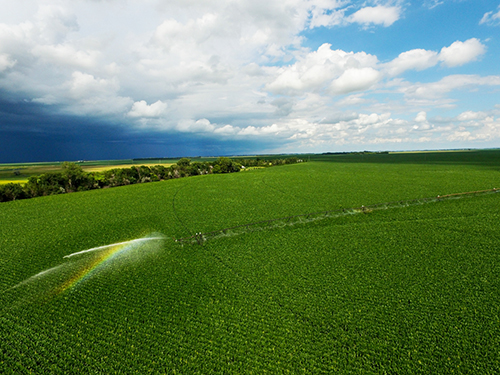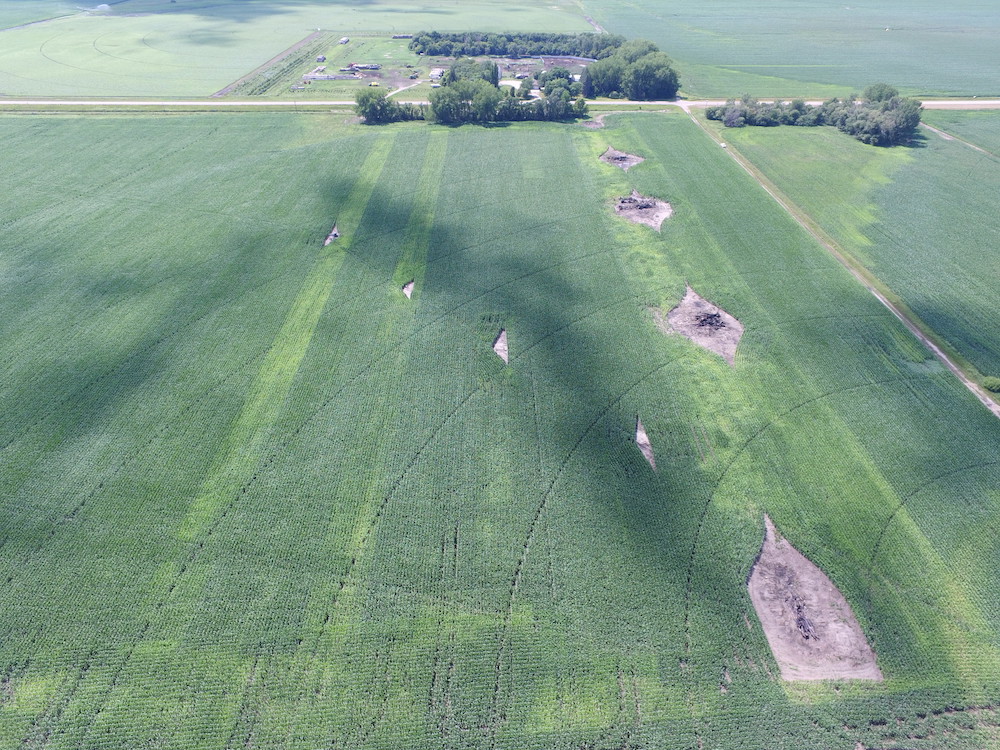Are You Utilizing Your Precision Ag Technology’s Potential?

How many growers have the capability to utilize precision agriculture technology on their farm, but choose to ignore the benefits? I think the number is much higher than it should be.
The term “precision agriculture” is broad – it can range from manually switching seeding rates in the planter to full automation of variable rate fertilizer, seeding rates, and hybrid. As new ag technology becomes more readily available, more affordable, and easier to use, farmer acceptance will grow.
A recent study conducted by the University of Nebraska-Lincoln asked growers about their adoption of precision agriculture. About 80% of those surveyed have implemented technologies including yield maps, soil sampling, GPS systems, cell phone with internet access, and high speed internet. Only 68% reported utilizing variable rate seeding and hybrid and/or variable rate fertilizer rate.
According to this same study, a much lower percentage of growers (about 30%) reported using satellite or aerial imagery. As a UAV specialist, this is an area in which I believe growers can see remarkable benefit!
In my work over the past several years, I’ve seen large improvements in the way we determine zones and rates for precision practices when precision ag technologies are used. Traditionally farmers have used outdated soil maps and uncalibrated yield maps to create variable rate maps. Aerial imagery from UAVs add a layer of data that is available at virtually any time during the season.
If an image of a field is needed immediately, a grower can obtain that image with a UAV. Although satellite imagery is updated as frequently as weekly, the odds are there will be cloud cover in at least some of the satellite images.
I’ve found tremendous value in using UAV imagery in-season. Imagery taken in-season can be used to determine areas of the field that are stressed. An agronomist should inspect the areas in question to determine or confirm a problem. For example, a UAV image shows yellowing corn.
After visual inspection and soil testing, an agronomist attributes the yellowing to nitrogen deficiency. The imagery can then be used to create a variable rate prescription to side-dress more nitrogen in the yellowing areas.
Using variable rate application of nitrogen increases efficiency as nitrogen is placed where the crop needs it most. The cost of the sidedress application is comparable to a traditional flat rate, but sidedressing is far more efficient in increasing yields.
Technology is here to help, and growers should embrace it. While it may seem daunting because of rapid change, precision methods are becoming easier to use and more accurate every day. New mobile apps also help bring the technology directly to the field via your smart phone, making recording and sharing scouting information virtually instant.












